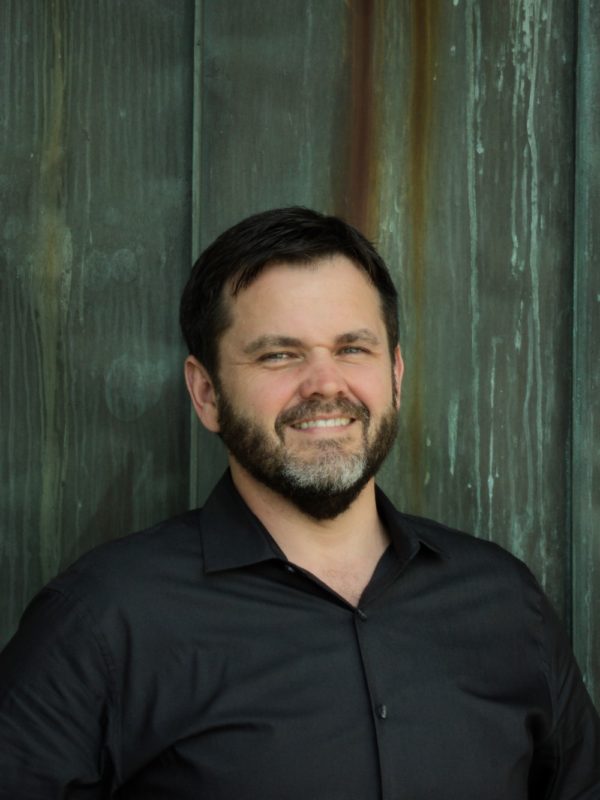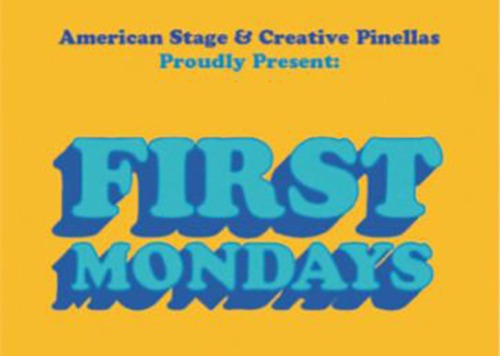Putting Aside Placelessness

Guest writer, Gregory Glenn, AIA
Architecture – the physical design of a place – is integral to the quality of life lived in developed areas. Regions are defined by their geography and their architecture the natural and the man-made.
A “sense of place” is a subjective perception of a space, the emotional connection that a person feels with a location. Although perhaps not in these terms, the combination of the God-granted beauty of a place and man’s manipulation of it is what people picture in their mind’s eye when they think of a place.
Geographically, the Tampa Bay area has been blessed with some of the world’s finest beaches as well as acres upon acres of fertile agricultural land – rolling hills at our northern extents and flat watersheds to the south – all surrounding the life-giving estuary of Tampa Bay.
Over the course of the 100 or so years, the area has transformed from a relatively rural agricultural region made up of distinct towns and villages to a sprawling cluster of cities. The formerly unique locales that make up Greater Tampa Bay are coalescing into an ever more homogeneous region – our smaller version of the Northeast Megalopolis. The areas that fill in the gaps between the historical urban centers are not designed in any way that serve our deeper human needs, but are engineered for efficient traffic flow and to allow the funneling of customers into non-descript shopping centers featuring the local outlets of national chains on their way from point A to point B. Gulf to Bay Boulevard, 4th Street, Dale Mabry, Brandon Boulevard – if one were plopped down in the middle of any of these roads, there would be no way to know if they were in Pinellas Park, Tampa, or the outskirts of Atlanta or Phoenix. There is no sense of place, just an address.
Amidst the strip malls, banks, drugstores and tract housing that make up our piece of generic America, there are instantly recognizable structures that define us to the larger world: The Tampa Bay Hotel / Plant Hall (now the University of Tampa) and Rivergate Tower in downtown Tampa, the collection of Frank Lloyd Wright buildings in Lakeland, the Vinoy Hotel, a soon-to-be jutting out into Tampa Bay in downtown St. Petersburg, plus the Sunshine Skyway Bridge spanning the mouth of Tampa Bay, among others. Beyond the renowned icons and monumental structures, there are also several designed places such as Curtis Hixon Waterfront Park and the Riverwalk in Tampa, Beach Drive in St. Petersburg, and the Clearwater Beach Promenade (to name a few) where we like to visit when we have a spare afternoon, meet our friends and family. These are places we like to show off to our out- of-town guests; places that make us proud to live here.
But it is the typical physical design that we experience on a more personal day-to-day level that creates the sense of place, or sense of placelessness, for the community as a whole. It is the places in between, the areas that we apologize to our guests for, that we should be concerned with. The average Bay area resident spends a good amount of their time in places that mean little to them. We travel from location to location completing this task and that with hardly a reminder that we live in such a wonderful locale. When there is little unique about the character of a place, the average citizen never forms an attachment to it and without a sense of attachment or an emotional connection, there is no sense of investment or interest in the well being of a place. The lack of thoughtful design in the areas that, for better or worse, we use the most leads to a sense of disengagement with the greater community, less community involvement and, over time, less civic pride.
Through the application of carefully considered zoning and land use regulations as well as the guiding hand of market desires, our urban centers have found new life over the past two decades. Some of our historic town centers across the Bay area have sprung to life with the establishment of new shops, restaurants and offices.
It is now time to spread this energy to our other areas.
We must promote the development of other well-designed people-oriented public spaces, places that are humming with activity, not overwhelmed by the drone of cars passing through. We should incentivize the development of places and buildings that are responsive to our environment, reflect the character and quality that we desire to portray and promote human interaction.
Although architecture is only one part of this placemaking, this physical design is of primary importance since it is what we most objectively respond to. Buildings are the hallmarks of a community, and Tampa Bay has a number of signature profiles that help identify us to the world. But all good buildings do not have to be architectural marvels. Great places around the world are made up of perhaps just a few notable structures surrounded by a cast of well-composed background buildings. A generally humble architecture can help define the texture of a remarkable locale, but we should oppose the generic and banal that responds to nothing in the local context. Simple buildings can be well thought out and well designed.
We must put aside the placelessness of the unaltered corporate brand, the cookie-cutter faux-Mediterranean strip centers, and the car-centric suburban housing and call for buildings to respect the environment and the spirit of Tampa Bay. Until we have a built environment that is equal in quality to our geographical blessings, we will not be able to live up to our full potential as a region.
Gregory Glenn, AIA is an architect in St. Petersburg



